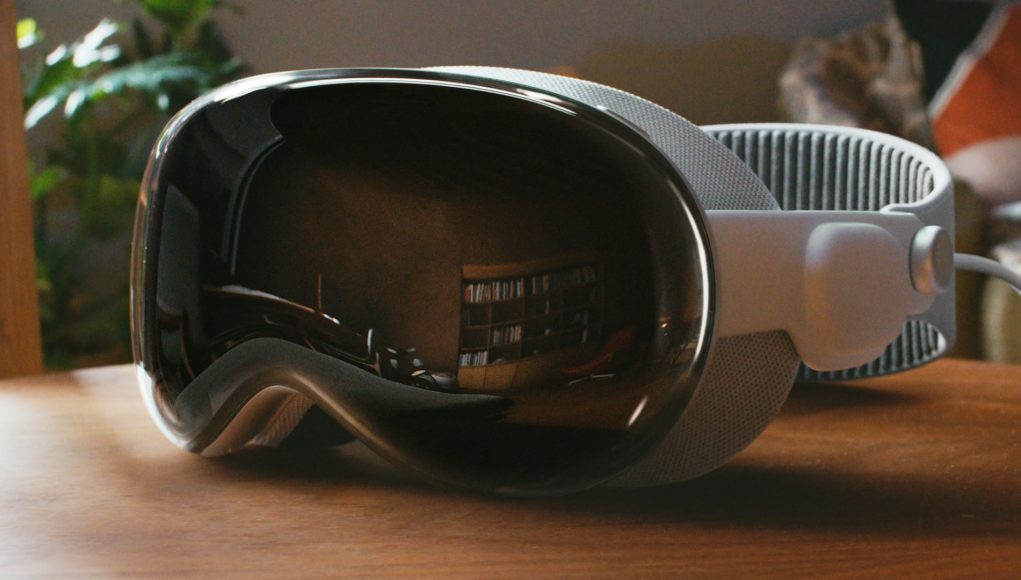Strengths of Spatial Computing
Spatial computing in general is great for teaching people spatial things. It would be much easier to learn how to assemble Ikea furniture in VR than using the paper instructions. To that point, the aircraft manufacturer Airbus got rid of all their paper instructions for assembly and does everything on tablet computers. And they’ve used the HoloLens to help speed up the process of installing hundreds of miles of wiring in airplanes during manufacturing.
Likewise, it’s great for viewing things at scale and relating to them with your body. Amazon’s mobile app already has a ‘View In Your Room’ feature for lots of products so you can see a couch in your room with AR and understand it in context and at proper scale. You can imagine how much better things like that might be in a headset.
The range of user inputs is going to be great for expressive applications. You could imagine an audio production app that simulates a ton of music equipment in a more tactile way, turning your desk into drum pads and keyboards.
And it’s obviously great for immersive media.
Overall there’s likely going to be a bunch of general uses that are 5% better because you can surround yourself with virtual screens. But I would try to focus on transformative moments and real problems real people have.
Weaknesses of Spatial Computing
It’s not great for anything you need to move quickly while doing. A spatial computing golf swing trainer that records your motion and plays back the best swings might sound fun. But wearing a headset while you’re doing that is probably going to give you motion sickness, the computer vision that tracks your body will likely fail, and the headset might go flying off your head and break.
An idea like that might work if you put an iPhone on a tripod and filmed the person using ARKit’s body tracking API. But even then, fast motion will likely break it.
VR and AR headsets are generally not great for long term use. I think I read that the average PSVR user spends 50 minutes in an experience, which is already a long time. I don’t have anything to say about the Vision Pro on this topic. But in general head mounted displays have historically been best for short duration uses.
Fail Fast and Pivot
People say ‘Fail Fast’ but may not practice that mindset. This talk by Eric Ries
is basically a condensed version of his Lean Startup book and extremely relevant to product development for spatial computing. Build something fast that mocks up your idea and get user feedback, and pivot away from things that aren’t working. You can ‘wizard of oz’ some features and fake them just to get user feedback quickly.
For Existing Products
You should ship as much of your existing app as you can to the Vision Pro. But try to identify specific moments that would benefit from spatial computing and make those the highlight of your app. Again, check out ShapesXR on the Quest and use it to make crude mockups in VR and have people try them to get feedback. Resist making things overly spatial and spreading out content everywhere just because you can, it’s easy to make a mess out of an experience.







